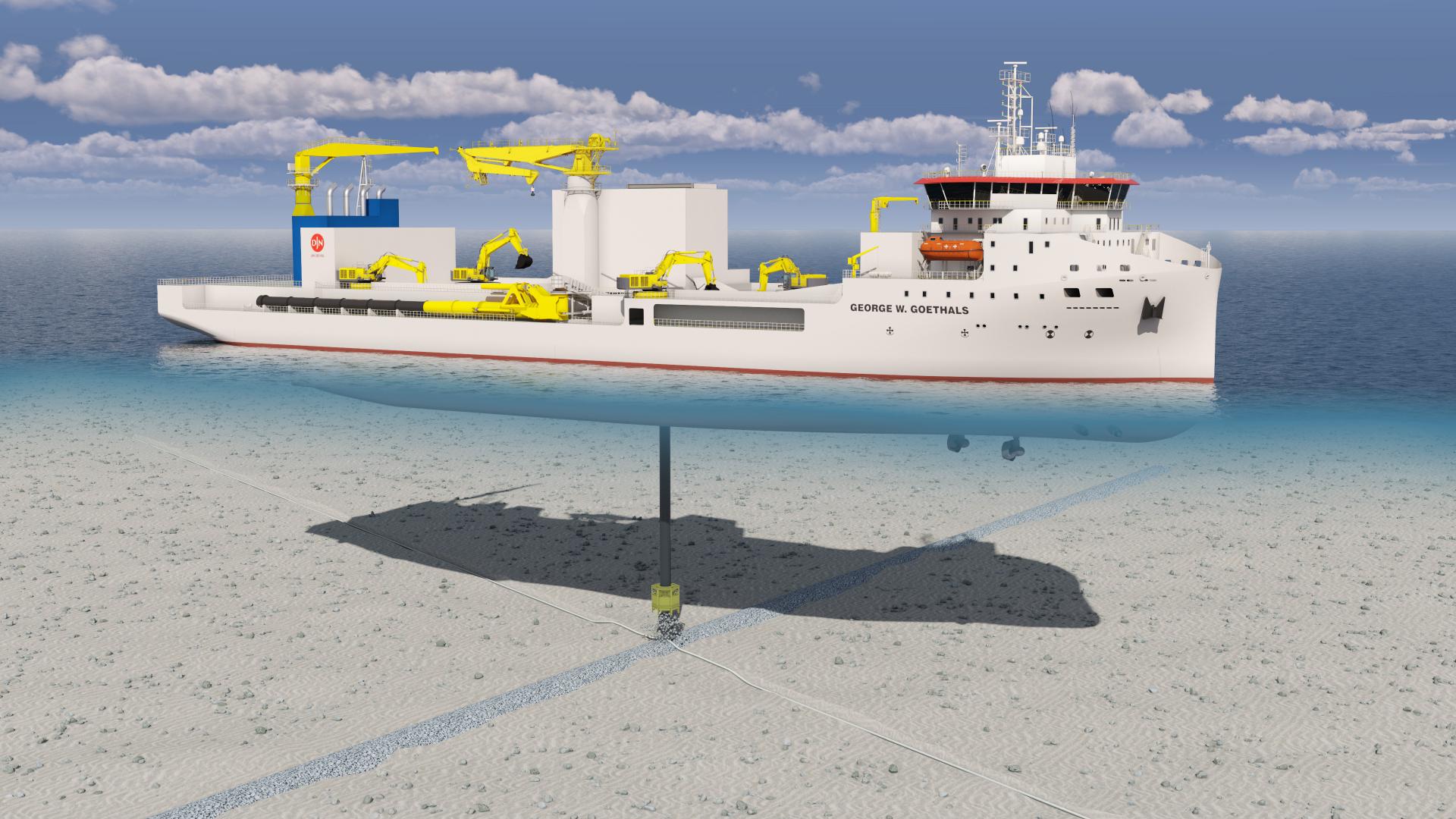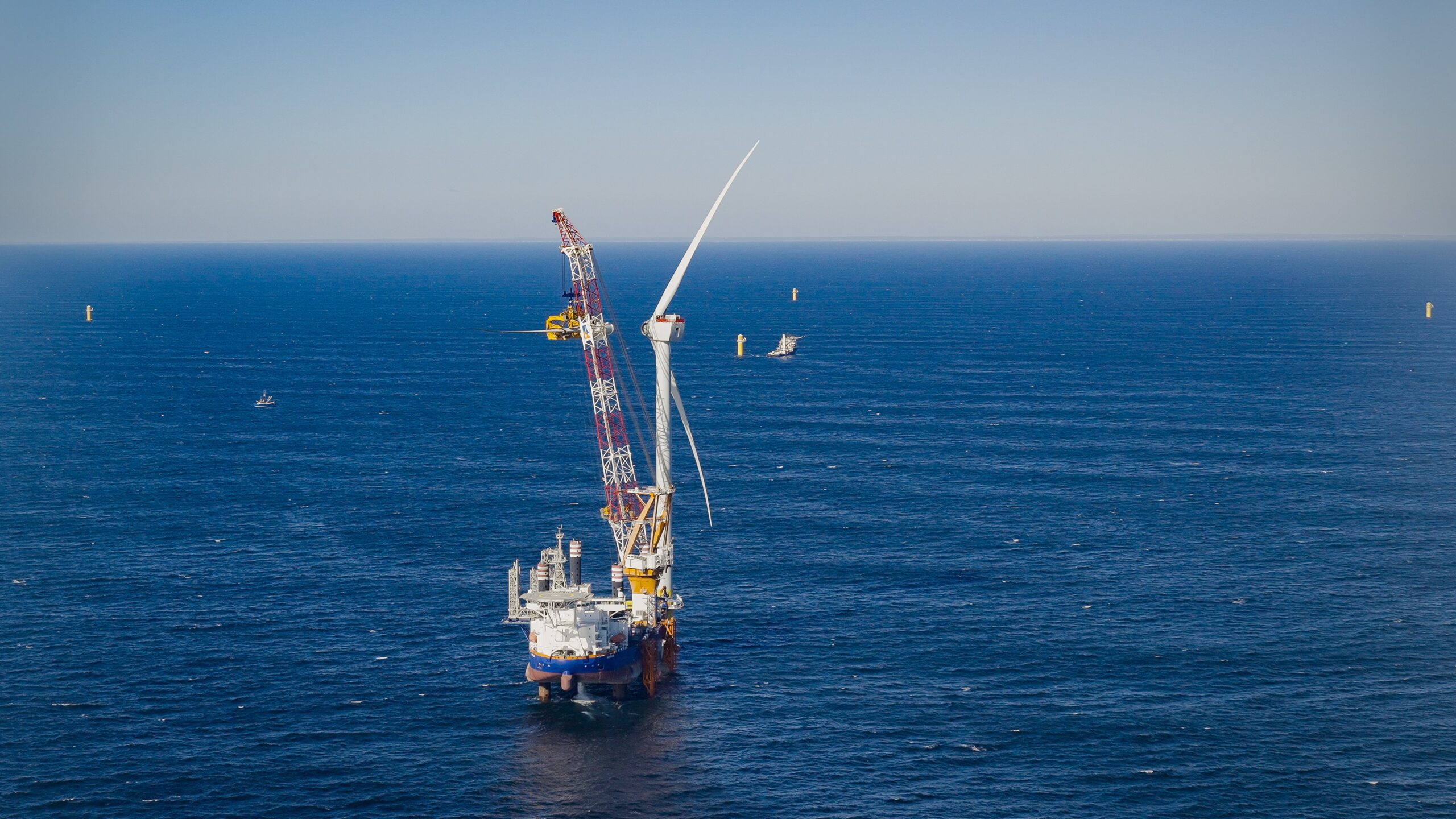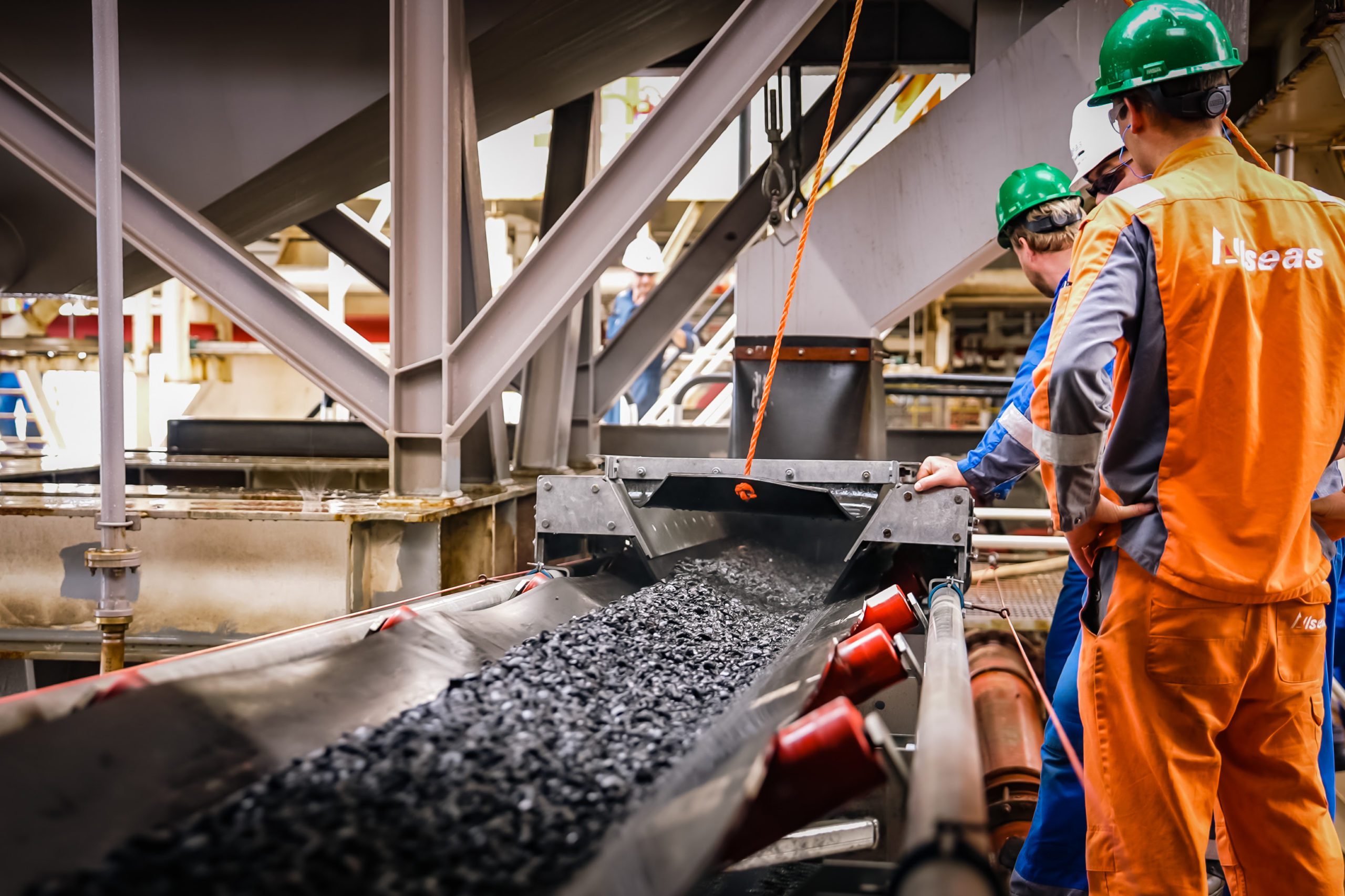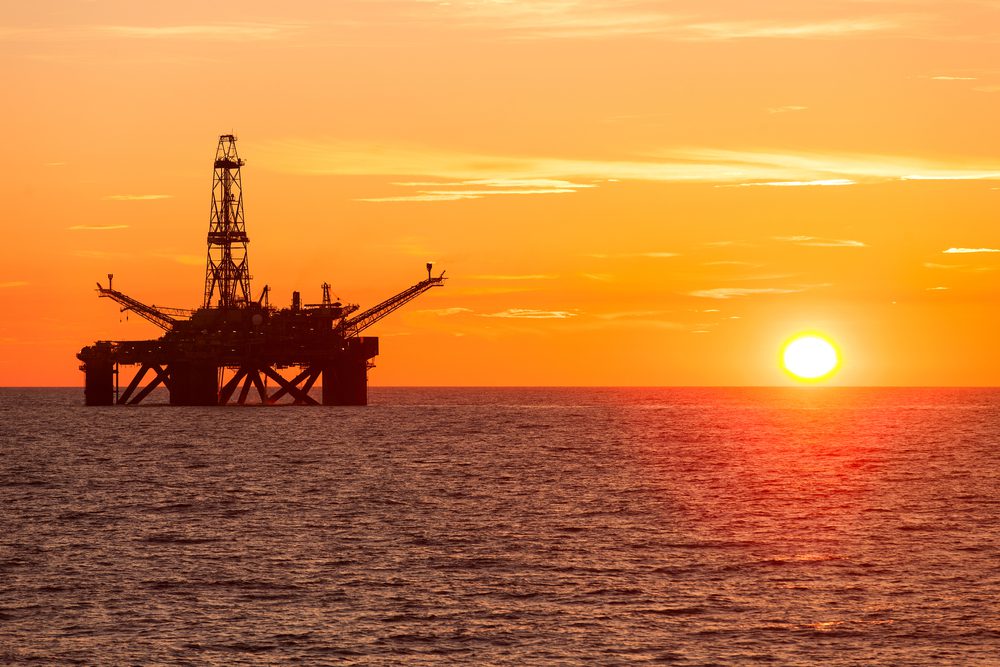Jan De Nul is responding to growing global demand for subsea infrastructure protection with the order of a new specialized vessel, the George W. Goethals. This state-of-the-art rock installation vessel will focus on safeguarding the thousands of kilometers of subsea cables that transport electricity between countries, connect offshore wind farms to the mainland, and carry the bulk of international data traffic.
“Decades of hands-on experience have given us deep expertise in subsea rock installation. We have applied this knowledge throughout the vessel’s design. The collective capacity of our subsea rock installation fleet now surges beyond 100,000 tonnes,” said Philippe Hutse, Director Offshore Energy at Jan De Nul.
The George W. Goethals, designed entirely in-house, will become Jan De Nul’s third rock installation vessel exceeding 30,000 tonnes. With a capacity of up to 37,000 tonnes, the vessel can install extra-large rocks at depths of up to 400 meters using a flexible vertical fall pipe and an inclined fall pipe system.
Hutse emphasized the strategic importance of the investment: “A cutting-edge vessel like this represents a major investment and a carefully considered decision. As World Builders, we are fully committed to create a reliable energy system worldwide. Protecting the infrastructure that supports offshore energy production and transmission is essential to achieve this goal.”
The vessel will primarily operate in the North Sea and Southeast Asia, where numerous energy projects are under development. It joins Jan De Nul’s existing rock installation vessels Joseph Plateau and Simon Stevin.
In addition to the George W. Goethals, Jan De Nul is also constructing two extra-large cable-laying vessels, the Fleeming Jenkin and the William Thomson, each with an industry-leading cable-carrying capacity of 28,000 tonnes. These vessels are designed to install cables over longer distances with fewer subsea connections, enhancing the reliability of renewable energy transmission.
The importance of protecting subsea infrastructure has gained renewed attention following several high-profile incidents, which highlighted vulnerabilities in critical infrastructure. These include the 2022 sabotage of the Nord Stream gas pipelines in the Baltic Sea and, more recently, suspected sabotage of subsea power and data links between Finland and Estonia.
Subsea cables and infrastructure are increasingly recognized as matters of national security, economic stability, and energy security. As Philippe Hutse stated: “With this new vessel, we are shifting into a higher gear to meet that challenge head-on.”

 Join The Club
Join The Club











